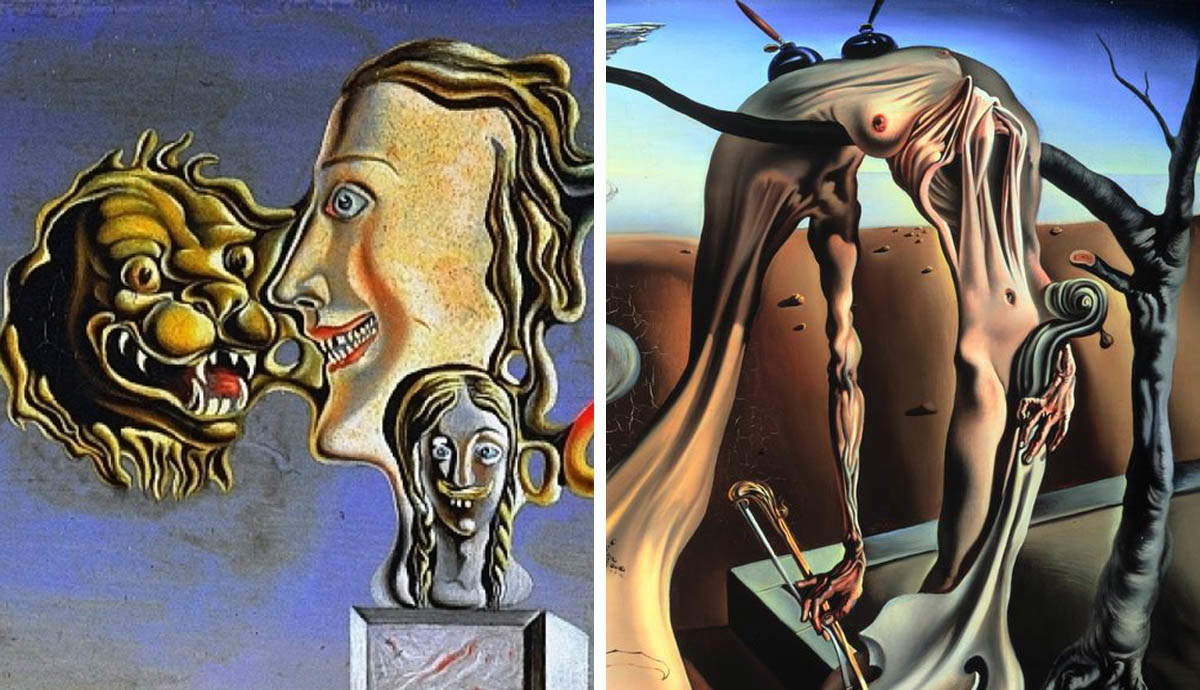
There was an era called La Belle Epoch when art used to be something coveted and majestic, a prized and valuable creation coming from skill and inspiration. Something that only wealthy people could possess to decorate their homes. But times have changed. The digital era has come and technologies have advanced so much in the last few years which made art more accessible, sometimes even free of the need for an artist’s involvement.
How Has the Digital Era Influenced Art?

The advent of the digital era has allowed existing artists to post their works online and exhibit them to millions of people all over the world, bringing together individuals, communities, and nations alike, and raising public awareness of the art industry and a myriad of other topics. Finally, the digital era has provided everyone with the chance for the creative freedom that they deserve. Indeed, technologies can now think creatively on their own and thus threaten to replace the need for artists. Many artists instantly opposed such an artificial form of creativity, claiming it was profanity, a generative imitation, and an erosion of the classic concept of art. But if the dust of emotionally-charged accusations is set aside, it becomes clear that the digital era is not destroying art, it is simply altering it.
Where Inspiration and Digital Era Collide

The Internet disrupts traditional ways of creating by providing an endless flow of inspiration. This very conceptual online menagerie has influenced the way artists express their visions of the world. The sublime, almost seamless entry of neural networks and artificial intelligence into the online environment resulted in an explosion of creativity with constructs like Midjourney and Artsio. These gave tools to those who didn’t have the previously necessary skills to make art.
The Dalí’s Dream Tapestry, part of The Shape of Dreams special exhibition, is a clear illustration of the merger of interactive technologies, art, and human involvement. The piece is still on show at the Dali Museum and is a monument to collaboration, developed by The Dalí which is a tribute to Salvador Dalí, together with Goodby Silverstein & Partners, Minds Over Matter, and OpenAI. The goal of the Dream Tapestry is to visualize every visitor’s dream by asking them to describe a recurring dream through written input. The compilation produces a unique 12-foot tapestry depicting an amalgamation of human dreams in vivid color and haunting detail.
Competition and Opposition

What would have taken artists hours, or even months, to create can be visualized in moments in the digital era as neural networks assist in enhancing creativity. In a stunning turn of events, the Colorado State Fair’s annual art competition awarded Jason M. Allen of Pueblo West, Colo, for his work produced by Midjourney, an AI program that makes hyper-realistic graphics. The Théâtre D’opéra Spatial was granted the blue ribbon, causing a fierce backlash from traditional artists who claimed that Jason had basically cheated.
The onset of the digital era is not being accepted by other artists like the Tennessee-based Kelly McKernan, who are filing class-action lawsuits against the use of their names and art styles in AI-generated imagery. McKerman was not alone, as other artists’ names were also used to create images of anything ranging from alien motorcycles and gothic funeral scenes to sci-fi vistas and robots. Together with artists Sarah Andersen and Karla Ortiz, McKerman is now fighting a legal battle against the Midjourney, Stable Diffusion, and DreamUp AI image generators.
The Root And Stem of The Digital Era

Opposition is a completely natural reaction to competition, just like criticism is an integral part of artistic creation. It is therefore normal to expect conflict in the art world, which in itself is in constant motion and change. The breakthrough of blockchain into the realm of creativity in 2020 with the advent of NFTs is often regarded as a milestone for art, stapling real-world works into the digital environment. The infamous Bored Ape Yacht Club collection is considered the pinnacle of the era, though the images from it are condemned to be generic and repetitive.
But few would remember that the DADA community was founded back in 2014 as a space where artists could freely express their creativity and share the results in a collaborative setting. The result of such collaboration was the Creeps & Weirdos NFT collection launched on Halloween 2017. It is both creepy and aesthetic, designed to inspire and to be tokenized. DADA pushed the boundaries of the digital era’s creativity by establishing the so-called Invisible Economy working groups that envision a future of art separated from the general art market, all based on an underlying internal economy created and run by artists for artists.
Digital Era Drives Evolution Of Art

Many individuals fear that modern technologies, which can think and create on their own, can destroy traditional forms of art and cast aside the role of artists as visionaries and illustrators of human emotions. In actuality, the digital world’s vastness expands and modifies creativity by fueling artists with inspiration and motivation to excel and reach beyond the combined thought of man and machine. Essentially, we are witnessing the establishment of a new art form that is attracting attention and criticism, further spurring the everlasting evolution of art that will last throughout history.









